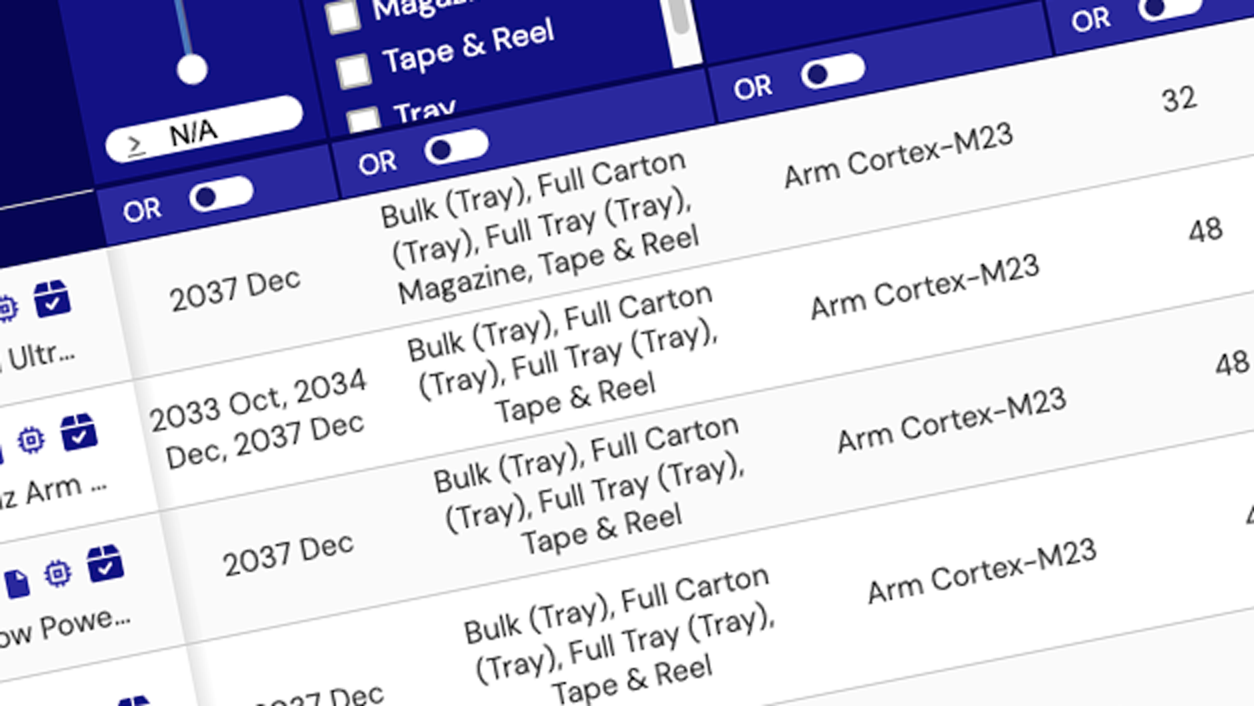Renesas 提供各种时钟产品。 其中部分产品经过优化,可满足其目标应用的特定要求。 在目标应用中,这些产品比通用时钟具有更好的性能,也更易于使用。 Renesas 针对网络同步、IEEE 1588、同步以太网、PCI Express、英特尔处理器、实时时钟、RF、JESD204B/C 和 扩频等应用专门设计了时钟生成和分配产品。

视频和培训
This video introduces the industry’s first fully-integrated synchronizer for 5G enhanced common public radio interface (eCPRI) radio synchronization.